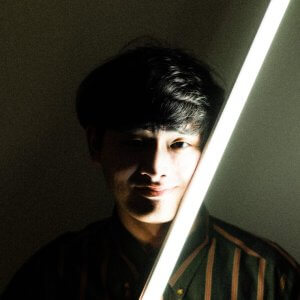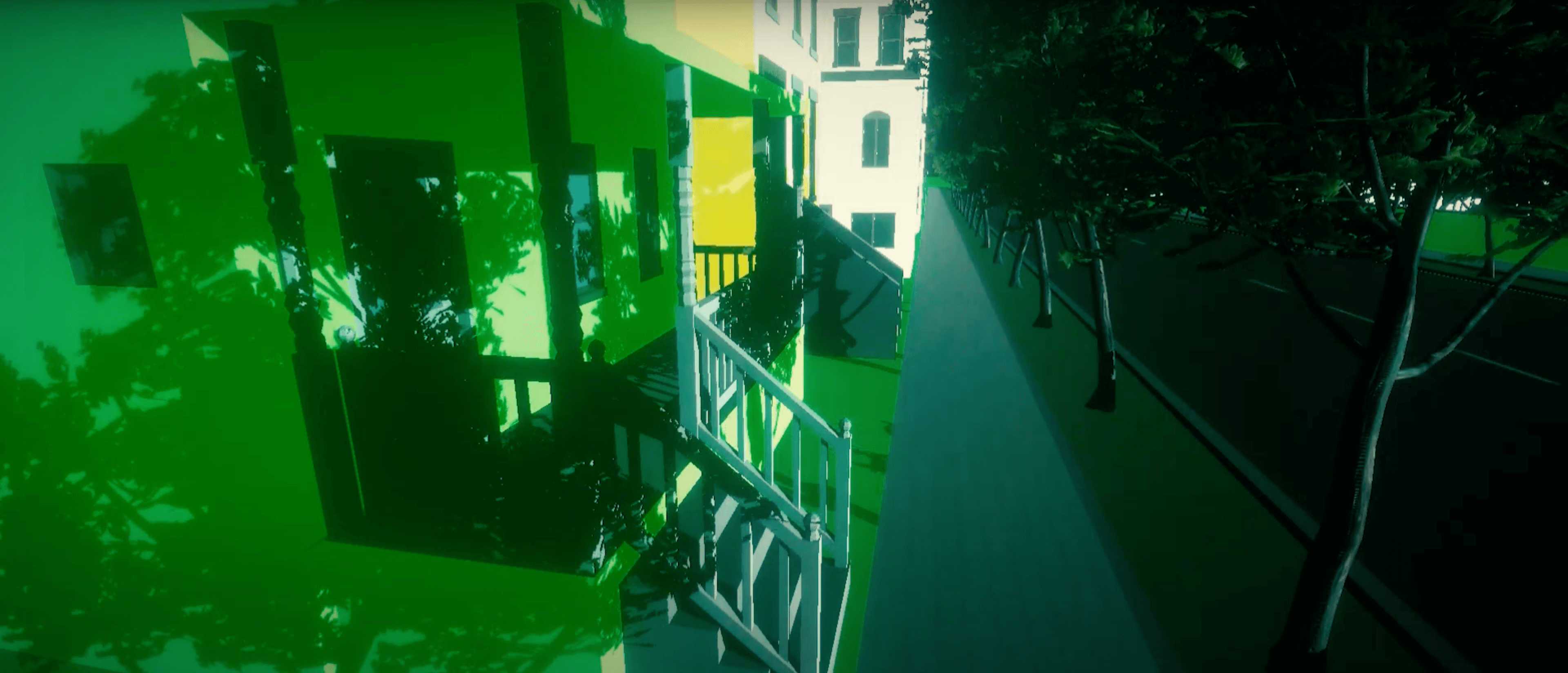《Phosphorescent City》, presented in 2021, is a VR work that imagines a city of the future from the perspective of “light”.
This work was selected for the SILVER Prize and the SUPER DOMMUNE Prize at the NEWVIEW AWARDS 2021.
Phosphorescent” means “emitting phosphorescent light,” and this work shows the characteristics of a material that stores sunlight and emits light for a long period of time.
You can experience the work below.
How to experience VR scenes
If you are accessing this page from a smartphone, please click on the “Experience the Scene” button (*If you are experiencing the scene on a smartphone for the first time, please also refer to the following instructions).
After clicking, the following screen will be displayed.
If you have already downloaded the STYLY Mobile app, please select “Continue on Browser”.
You can then select “Play on Mobile App” to experience the scene.
If you have an HMD device, click the “Experience the Scene” button from your PC (web browser), then click the VR icon on the scene page.
Download the STYLY Mobile app
Download the Steam version of STYLY app
https://store.steampowered.com/app/693990/STYLYVR_PLATFORM_FOR_ULTRA_EXPERIENCE/
Download the Oculus Quest version of STYLY app
https://www.oculus.com/experiences/quest/3982198145147898/
For those who want to know more about how to experience the scene
For more information on how to experience VR scenes, please refer to the following article.
“In the year 2045, buildings equipped with solar panels have become common in urban areas due to environmental responsibility for massive power consumption. A technology has been developed to delay the electronic transition to the ground state of photoluminescence for an arbitrary amount of time. Phosphorescent surfaces, which absorb sunlight during the day, are expected to be used as a light source at night.
In such a future, conventional streetlights and solar panels that convert electricity into light will be rendered useless. The streetlights and solar panels in cities where Phosphorescent Surface will be widely used will be a very unique Thomason.
This film immerses the viewer in the “Phosphorescent City,” a city of the future where this technology will be experimented with. We hope you will experience a possible future city where streetlights and solar panels become thomasons and facades become light sources.
KAZUKI MOTANI
Speculative Urban Designer |Japan
Born in Aichi, Japan in 1995. Graduated from Yokohama National University, Faculty of Science and Engineering, Department of Mathematics, Physics, Electronics and Informatics, Electronic Information Systems EP. Graduated from Graduate School of Interdisciplinary Information Studies, The University of Tokyo, Course in Advanced Expressive Informatics. While at university, while researching signal processing, he produced videos at a wedding hall and directed, shot, and edited music videos. In graduate school, while researching indoor positioning and action recognition using smart phones, he experienced making installations and planning urban design projects. Awards include the WIKITOPIA INTERNATIONAL COMPETITION Grand Prize, IEEE GCCE2019 Excellent Paper Award Bronze Prize, and SONY U24 CO-CHALLENGE 2020 Finalist. He has exhibited at the University of Tokyo Production Exhibition and SICF20, and works as a speculative urban designer to pursue the possibilities of technology and art that connect people with the city. He also works for a general developer in Tokyo.”
Components of “Phosphorescent City
To better understand 《Phosphorescent City》, we will discuss the concepts of contemporary art and architecture incorporated into its concept.
Keyword (1) “Thomason”
《Phosphorescent City》was conceived around the artistic concept of thomason.
Thomason is a concept discovered by a contemporary artist named Genpei Akasegawa, and refers to places in cities and real estate that have no function or direct meaning, but are beautifully preserved.
For example, a staircase that does not connect to the ground or the next floor, or a tunnel that does not pass under anything.
Today, a city built in 3DCG on VR is somewhat incongruous with the real city.
Buildings that are only there to visually show that it is a city rather than functionally, lights that do not turn on, cars whose tires do not rotate, etc. These are the kind of views that are only possible in VR.
This work was conceived by superimposing such views unique to VR on contemporary art.
Keyword (2) “Facade Architecture”
Facade is an architectural term of French origin meaning “the front of a building. This term is derived from the same root as the English word “face.
It refers to the design of the front side of a building, which is the most prominent part of the building and is considered important in design because it plays a significant role in the formation of the city.
The façade also often characterizes the design of the building itself, and often symbolically expresses what kind of space the building was intended to create in terms of ideology and culture.
《Phosphorescent City》shows how architectural forms will change not only superficially, but also how the entire lifestyle and the entire building will change once streetlights and solar panels are no longer needed, thanks to fluorescent paint and energy storage.
Keyword (3)”… A poetic expression unique to VR”
《Phosphorescent City》is a city that receives sunlight and weaves its light through the night.
The architecture of the city is painted with various colors of phosphorescent paint, making it glow colorfully.
In this city, the presence of the shadows is enhanced.
The way the fluorescent paint remembers the outlines of the objects that blocked the light that would have shone on the walls during the day emphasizes the absence of someone or something that would have been there during the day.
Also, the streetlights in the city are not directly depicted.
Instead, the lamps, in the form of traditional lights, float and rotate in the sky in giant figures.
It seems to indicate that the streetlight as a Thomason, no longer needed to be seen, is no longer in people’s consciousness and can no longer be found.
Above the city, the symbol of the remnants of the past continues to spin.
Envisioning the Future of Cities
Cities and functions that are becoming “useless”
What does it mean to envision the future of the city in “Phosphorescent City”?
Jorge Luis Borges, a major influence on postmodern literature, wrote the following text.
The “useless” part of this text coincides with the author’s commentary on “Phosphorescent City” (Suarez Miranda is a fictional author imagined by Borges).
“…In that kingdom, cartography had reached the peak of perfection, and a map of a province covered the area of a city, and a map of a kingdom the area of a province. As time went by, these large maps could no longer satisfy people, and a group of geographers gathered together to produce a single map of the kingdom that was as large as the kingdom itself, and as accurate as the kingdom itself. The latter generation, aside from a few cartographic enthusiasts, found this vast map useless and, somewhat callously, left it in the hands of the fire wheels and the bitter cold. The remnants of the torn map still remain in many places in the western desert, but they are inhabited by beasts and beggars, and even if you search all over the country, you will find only relics of cartography.
-From Part IV, Chapter 45 of Suarez Miranda’s “The Travels of a Wise Man” (Lleida, 1658).
The Creator, by J. L. Borges, translated by Nao Tsutsumi, Iwanami Bunko.”
The cities that we desire and build today are being rebuilt in a scrap-and-build fashion as our desires change form with technological innovation.
What will cities look like in 10 years, 30 years, 100 years, or even longer?
Phosphorescent City” gives us an opportunity to imagine what the city of the future will look like through the scenery seen in the VR space.
SF Prototyping
Conversely, in recent years, “science fiction prototyping,” a way of thinking that envisions and implements new urban and social futures, has also been attracting attention.
SF prototyping is a method of envisioning machines and social systems as depicted in science fiction works, utilizing the imagination in the planning of actual products.
For example, products depicted by science fiction works, such as cell phones, automated driving, and 3D printers, are currently being created.
How to experience VR scenes
If you are accessing this page from a smartphone, please click on the “Experience the Scene” button (*If you are experiencing the scene on a smartphone for the first time, please also refer to the following instructions).
After clicking, the following screen will be displayed.
If you have already downloaded the STYLY Mobile app, please select “Continue on Browser”.
You can then select “Play on Mobile App” to experience the scene.
If you have an HMD device, click the “Experience the Scene” button from your PC (web browser), then click the VR icon on the scene page.
Download the STYLY Mobile app
Download the Steam version of STYLY app
https://store.steampowered.com/app/693990/STYLYVR_PLATFORM_FOR_ULTRA_EXPERIENCE/
Download the Oculus Quest version of STYLY app
https://www.oculus.com/experiences/quest/3982198145147898/
For those who want to know more about how to experience the scene
For more information on how to experience VR scenes, please refer to the following article.
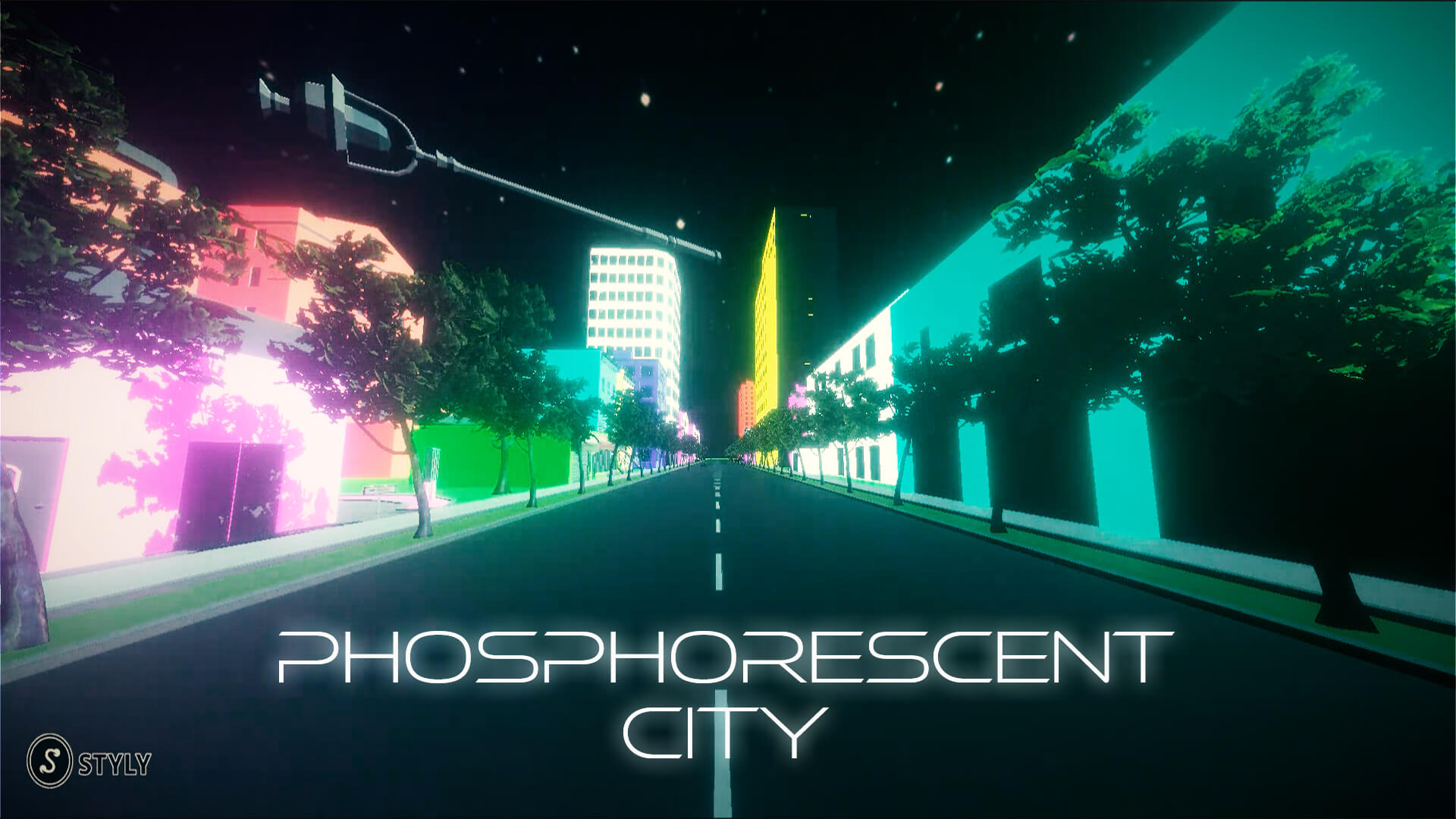
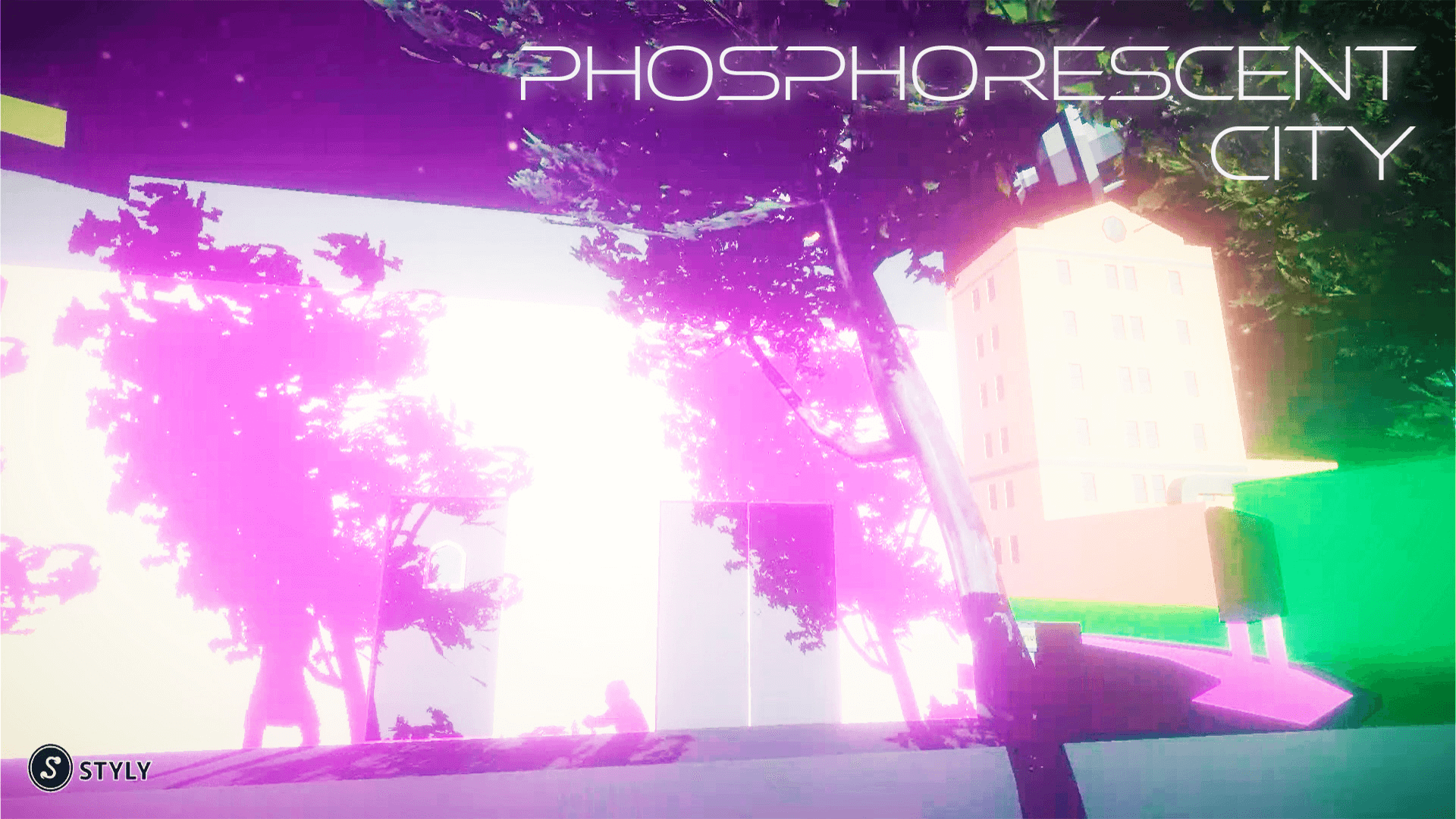
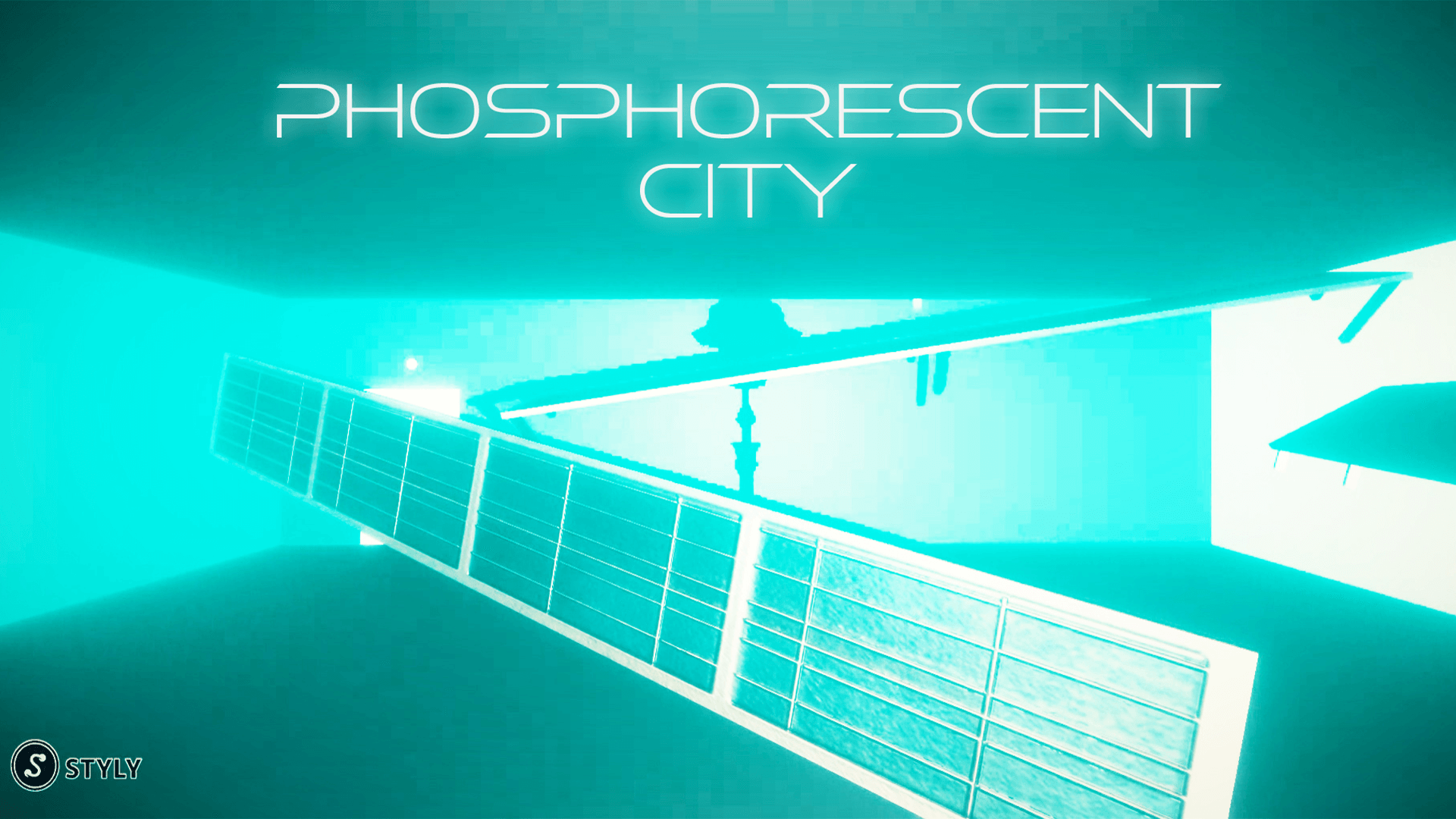

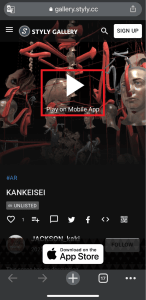



![[Summary] How to experience STYLY scenes VR/AR(Mobile) / Web Browser Introduction by step](https://styly.cc/wp-content/uploads/2020/04/スクリーンショット-2020-04-10-12.53.04-160x160.png)
